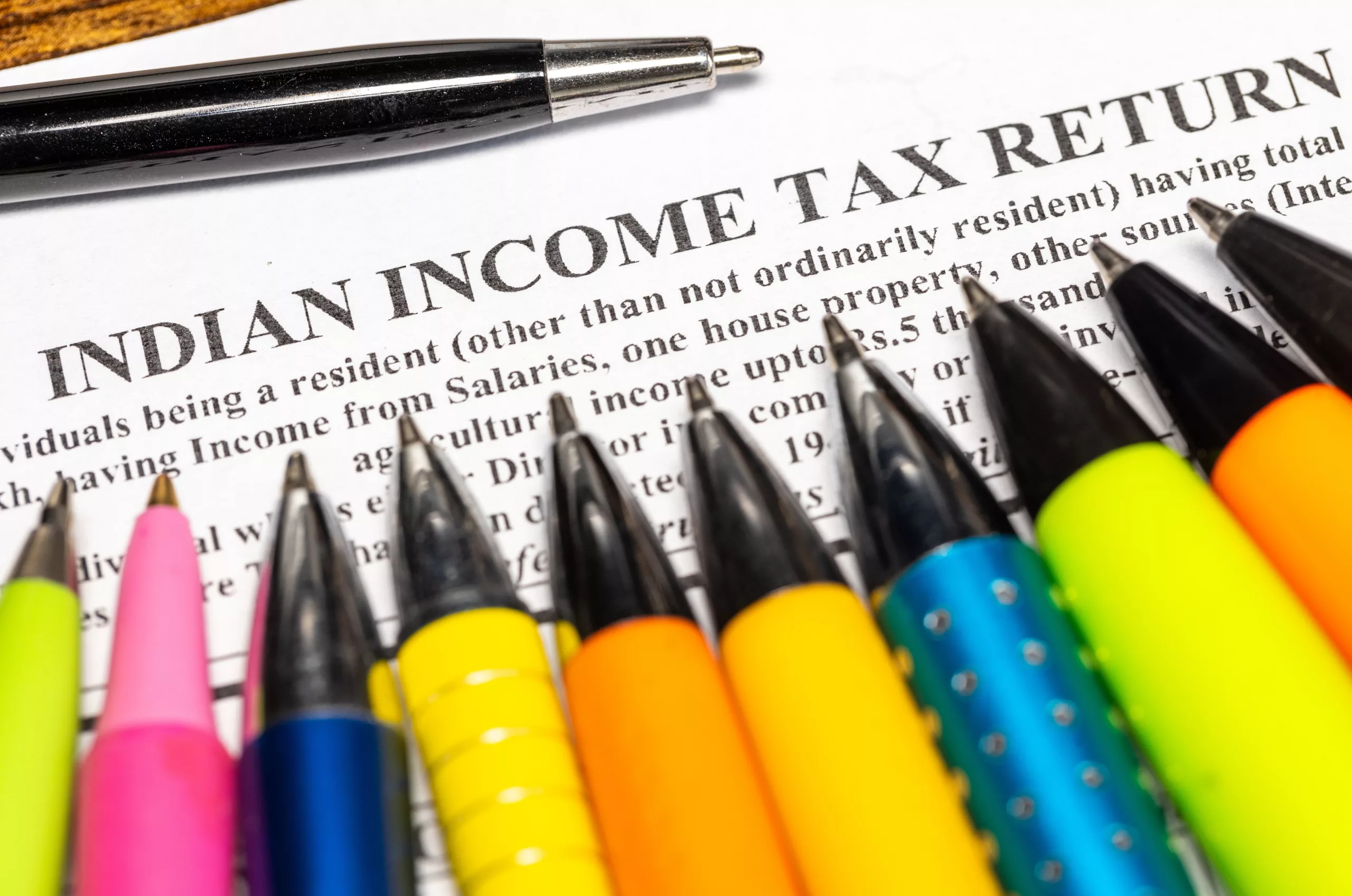Simultaneous Tax Deduction Benefits for Home Loan and HRA

Can I get both, exemption of HRA as well as deduction in respect of home loan?
I have purchased a residential house, while I continue to stay in a rented place in my current city of residence. I have no plans to move to the new house. I pay interest on the loan taken to purchase the new property, which I understand-is deductible for income tax. Can I claim exemption of HRA received as well as deduction of interest payable on the home loan?
Contrary to popular opinion, there is no restriction under the I-Tax Act with respect to claims for both.
A number of salaried consumers take a home loan to acquire a residential property, but do not stay in that property for various reasons. They stay in rented premises for which they pay rent. If they are receiving a house rent allowance from their employer, a question frequently arises-whether they can claim exemption of their HRA based on the rent actually paid by them, as well as the interest payable on the loan taken to acquire the owned property.
This is such a widespread question that it rightly justifies an elaborate reply of this kind. If some portions of the reply are difficult to understand, don’t worry. The technical portion of the reply really needs to be understood by your HR Department so that they can give you the benefit while calculating the amount of tax deductible at source from your salary. You can also get this benefit while paying the advance tax on your business income.
To answer this question, we need to look at the relevant part of the I-Tax Act and the rules.
The exemption of HRA is covered under Section 10 (13A). Simply speaking, the only conditions for allowing the exemption of HRA are:
Rent must actually be paid by the assessee (legal term for the person whose tax liability is being worked out) for the rented premises which he occupies
The rented premises must not be owned by him.
As long as the rented premises are not owned by the assessee, the exemption of HRA will be available up to the limits specified in the relevant rules. There is no mention here about any effect on the exemption because of ownership of any other property.
Let us now turn to the deduction of interest payable on a home loan. Contrary to popular perception, the interest is not a straight deduction allowed from the salary income. The deduction is actually allowed while calculating the income from house property; although the effect (as we will see below), in the case of self occupied property, is the same as allowing it as direct deduction from salary income.
The relevant sections are Section 22 to Section 27. Again putting it very simply, the calculation of income from house property is done as under:
| Rental income (net of municipal taxes) = Annual Value | A |
| Less : 30% of A as a standard deduction | S |
| Less: interest payable on any loan taken for acquisition or construction of this property | I |
| Income from House property A-S-I | H |
1) The point that we must remember is that income can also be negative or in other words, include a calculation of loss.
2) In the case of self-occupied property, the annual value “A” is taken as “nil” (therefore S automatically becomes nil as 30% of 0 is 0) and I is restricted to a maximum of Rs.1,50,000. Therefore, in the case of self occupied property; the result of calculation of “income from house property” or “H” will always be a loss to the extent of the interest payable on the home loan or Rs.1,50,000 (whichever is lower).
3) Where the property is given on rent, the annual value will be calculated based on the rental and the final income (or loss) from house property will be calculated as given above. Please note that in such a case, there is no restriction on the maximum amount of deduction available in respect of I.
4) Where the property is lying vacant and is neither rented out nor self-occupied, the rental that could have been derived (had it been rented out) has to be taken as the rental income in respect of such property and the calculation has to be done as in point 3 above. Off course, the calculation of such a notional value has several practical difficulties. If similar property in the neighborhood has been given out on rent, which can serve as a good basis to calculate this figure. There are also a large number of case laws which have gone into the method of calculation of such notional value. You may need expert taxation advice to calculate this figure.
5) “Income from house property” is either taxed (if it is positive) or if it is a loss, it is allowed to be set-off against the income from other heads including salary (and hence the popular misconception that interest on home loans is allowed as a deduction from salary income as the impact, in the case of self occupied properties, is the same as a direct deduction of the interest from salary income).
6) There is nothing in the section that affects the exemption of HRA at all. Also, there are no conditions that restrict the availability of deduction of interest based on the assessee’s stay in any other premises.
7) At most, some people might point to Section 23 (2) which is relevant for the purpose of allowing the annual value of a self-occupied property to be taken as nil as discussed in point 2 above. Let us examine these objections in some detail. If the discussion from here on is too technical, do not worry. There is no need for you to understand it in detail.
8) There are two circumstances under which the annual value of a self-occupied/vacant property is treated as nil.
Firstly, where the owned property is located in a city different from where the assessee works and because of this he is unable to occupy the owned premises and stays in a rented premises in the city in which he works-he will be able to take the annual value of such a owned property as nil even though, the owned property is not occupied by him for self residence.
Secondly, where the property is located in the same city as the rented premises-but is in his occupation and used for the purposes of his own residence. The question that arises is, how can the assessee claim to occupy the owned property for self residence; when he is also staying in the rented premises? In fact, Section 23(4) clearly recognizes the fact that more than one house property can be occupied and used by the assessee at the same time for the purposes of his own residence.
The next question is what constitutes the occupation of the owner for the purposes of his own residence? The only direct judgment on the issue, of what constitutes occupation of the owner for the purposes of his own residence; is by the Allahabad High Court in the case of CIT vs. Rani Kaniz Abid reported in [1972] Tax LR 587. The facts and decision were as follows:
The assessee owned a house in Karachi. The assessee was not residing in that property but she used to go there occasionally. The property was occupied by her married daughter and son-in-law, who were residing in Karachi. Even though the property was in actual occupation of her daughter and son-in-law, the evidence on record disclosed that she had retained the property for her personal occupation and she occasionally went and resided therein.
This the Tribunal found on the basis of an endorsement made in her passports in the relevant years. It was, therefore, clear from the facts brought on record that the assessee visited Karachi at intervals and resided in the property along with her daughter and son-in-law. The court, therefore, came to the conclusion that she retained the house for her occupation while permitting her daughter and son-in-law to reside therein. In the background of these facts, the court came to the conclusion that she was entitled to the benefit under Section 23(2) of the I-T Act.
From this judgment, one can conclude that as long as you retain the right to occupy the owned premises and go and reside there occasionally (say on weekends or during vacations – also means the property is in a habitable condition) and can show some proof for that (electricity bills showing consumption in line with your stay period, letters received at that address during that period, bills for items bought by you from neighborhood shops/hotels during the stay, copies of telephone bills showing (STD) calls made from a fixed line phone from that premises during the period of stay, etc.); you should not face any difficulties in treating the annual value of such properties as nil.
9) If the property is in the same city and has not been occupied by you at all, then there is an additional burden. In respect of such a property, you will need to do the calculation of income from house property based on a notional rent that would have been derived if you had actually rented out the owned premises and calculate the Income (or loss) from house property accordingly. See point 4 above. In this case also there is no restriction on the deductibility of the interest on home loan.
10) If the property is rented out, there is no issue at all. The income (or loss as the case maybe) from house property will be calculated as given above.
In all cases, the deductibility of interest paid on the home loan is not under doubt. Only the annual value could be different, based on where your case falls.
11. The principal amount repaid on all loans taken from specified entities such as banks/employer companies, to acquire/construct residential house property(ies) is allowed as a deduction under Section 80C; up to the overall limit of Rs. 1,00,000-mentioned in that section. This is not at all affected by the exemption of HRA in any manner.
The entire discussion can be summarized as follows:
| Status of owned property(1) | Owned property located in(2) | Deduction available for interest payable on loan taken to acquire/ construct the property(3) | Annual value taken as(4) | Other deductions available(5) | Income / Loss from house property will be equal to(6) | |
| 1 | Given out on rent | Does not matter | Yes, without any limit | Actual rent received less municipal taxes | 30% of the annual value | (4)-(5)- (3) |
| 2 | Used for occasional self occupation by self (also means that the property is in habitable condition ) or lying vacant or unused maybe, not in habitable condition | Another city, different from the city in which you work | Yes, up to a maximum of Rs. 1,50,000 | NIL | 30% of NIL is NIL | Always loss equiv- alent to lower of (3) or Rs. 1,50,000 |
| 3 | Used for occasional self occupation by self (also means that the property is in habitable condition ) | Same City in which you work | Yes, up to a maximum of Rs. 1,50,000 | NIL (see point no. 8 above your HR department may need the case law cited above) | 30% of NIL is NIL | Always loss equiv- alent to lower of (3) or Rs. 1,50,000 |
| 4 | Lying vacant and unused maybe not in habitable condition | Same city in which you work | Yes, without any limit | Notional rent that you could have derived, had you rented out the property less municipal taxes | 30% of annual value | (4)-(5)- (3) |







